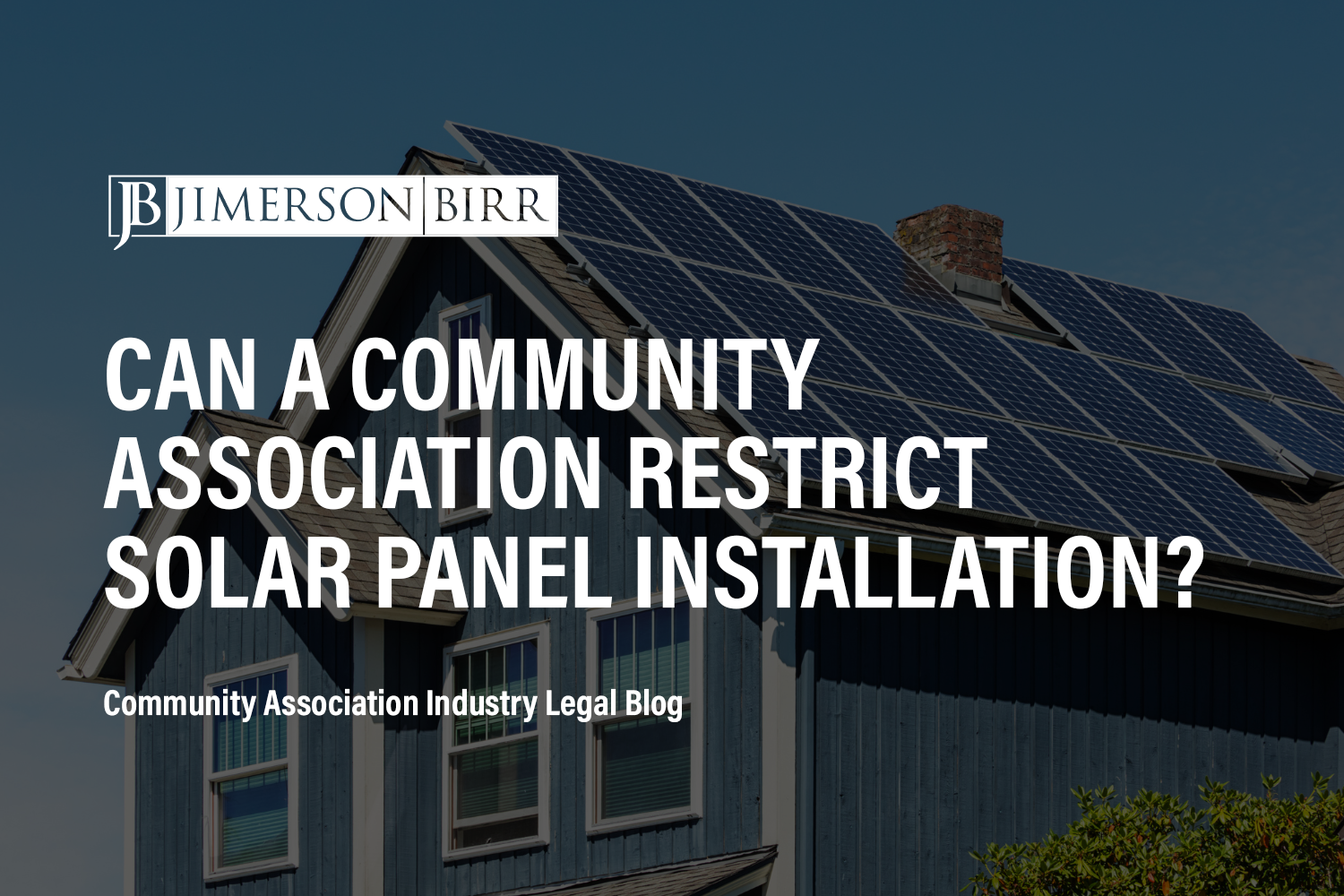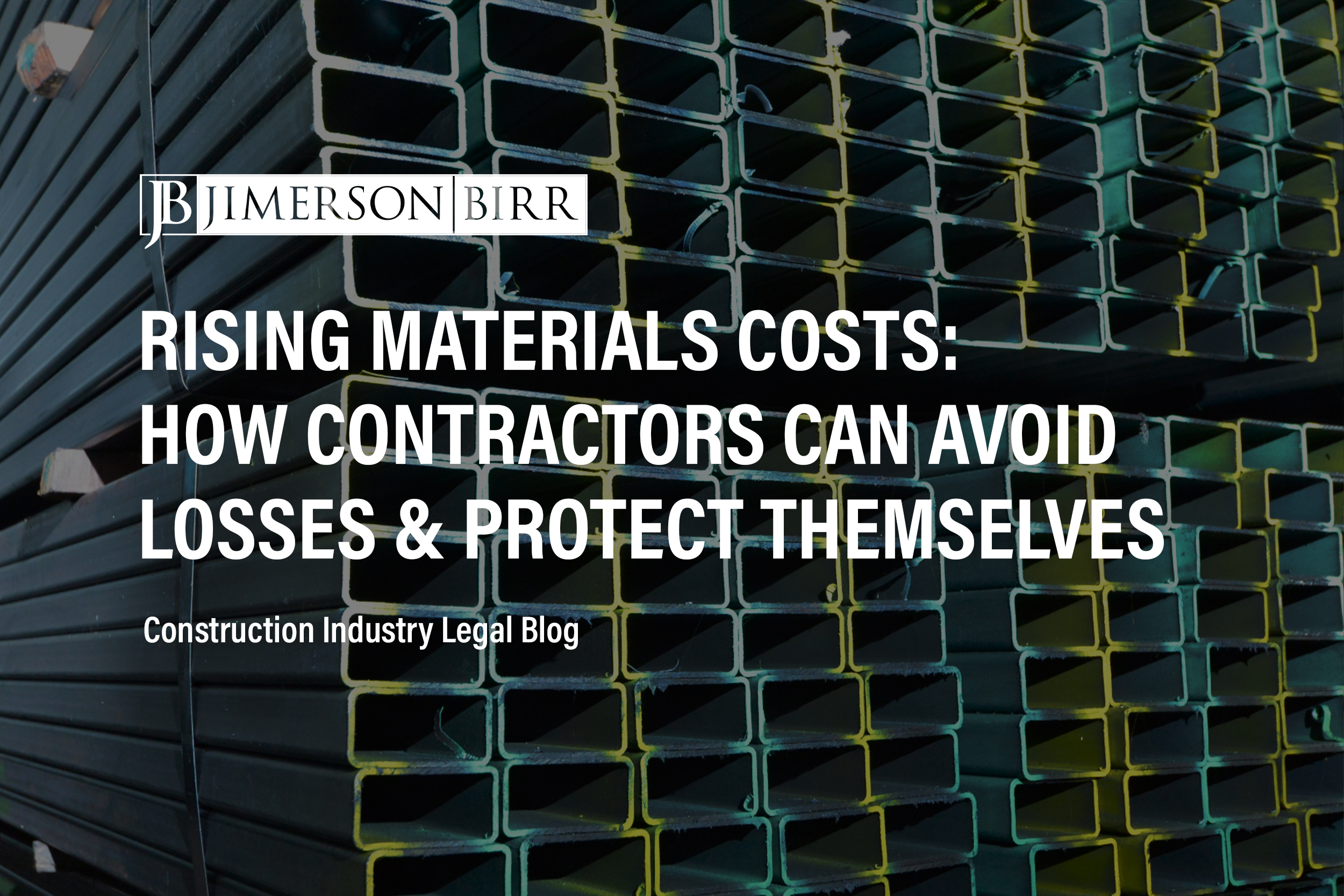A concern regarding the cleanliness of our water supply is not a new issue. Litigation revolving around the cleanliness of our water supply is increasing daily thanks in part to hydraulic fracturing. Hydraulic fracturing—often referred to as “fracking” or “hydrofracking”—and horizontal drilling are not new ways to produce oil and gas; the use of hydrofracking has simply increased recently. Hydrofracking was first tested in 1903, and first used commercially in 1948. By 1988 hydrofracking had been applied to one million wells, and currently about 35,000 wells per year experience some measure of hydrofracking. As the use of hydrofracking has increased so have the concerns, resulting in an increase in related litigation. Part of the explanation for the increased hydrofracking litigation is because fracking is now being used in jurisdictions that are not familiar with oil and gas drilling. A majority of the litigation revolves around concerns of the potential effects on groundwater and chemical composition of the liquids used in hydrofracking, but property, tort, and contract claims have grown exponentially in relation to hydrofracking. This Blog post seeks to explore the top 5 hottest legal issues in hydraulic fracturing litigation.



